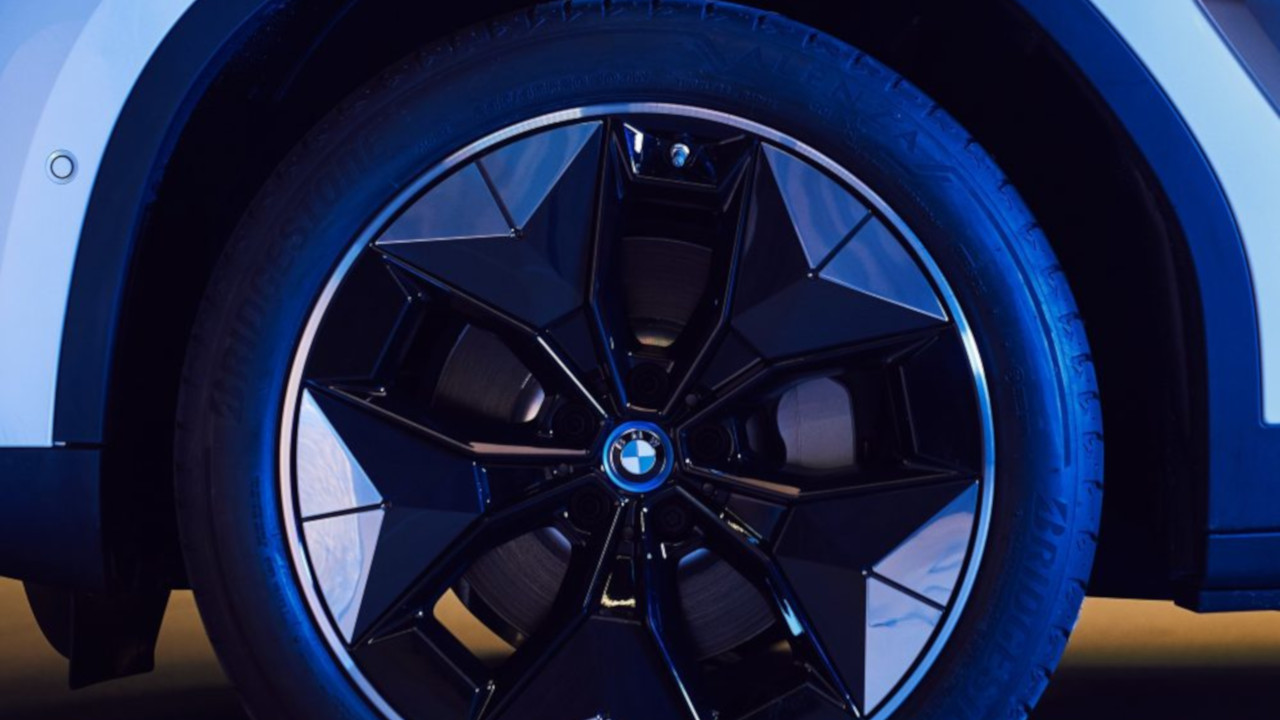BMW Group: increasing use of 3D printing
Source: HW Upgrade added 04th Jan 2021
BMW continues to develop 3D printing for the purpose of integrating them in various sectors, and primarily the development and production of vehicles
of Rosario Grasso published on 31 December 2020 , at 10 : 11 in the Technology channel
BMW
3D printed pieces for exclusive limited series and systematic integration of additive manufacturing in development and production. That’s what BMW’s plan to make component design more flexible and to increase availability. The BMW Group is convinced that the possibility of producing parts without the aid of elaborate instrumentation, in fact, if exploited in the right way can generate positive economic effects.
3D printed components for limited series of BMW Group vehicles
“Processes such as additive manufacturing help us speed up development cycles and allow us to bring our mass production to full capacity faster. vehicles “ states Daniel Schäfer , Vice President for Production Integration for the BMW Group pilot plant. “3D printing also reduces the production time of components while meeting rigorous quality standards” .
Flexibility, speeding up production times, without compromising on quality , therefore, are the main advantages that 3D printing brings to the automotive sector. Since the middle of 2020, the BMW Group has been producing metal and polymer parts for Rolls-Royce Motor Cars via additive manufacturing. These components are manufactured in various segments of the transformation chain and at different sites of the global production network.
The components produced are intended for the vehicle body and passenger compartment , and are highly functional and rigid. The process for their manufacture was developed and prepared for application to automotive production by the BMW Group at its Additive Manufacturing Campus in Landshut , just outside Munich, where polymers are also produced using Multi Jet Fusion technology and selective laser sintering.
Inside the Campus, the metal parts are currently made with laser melting. During production, 3D printed metal components are fitted to car bodies using an almost fully automated process.
Component development through Generative Design
The degree to which additive manufacturing can be used in component manufacturing has been ascertained in the early stages of vehicle development. Engineers, as well as manufacturing and materials experts, examined hundreds of components, focusing on the cost advantage of the new technology and the weight and geometry benefits over conventionally produced parts. The components were selected for 3D printing based on a set of criteria and requirements, which were defined and translated into “machine language” with the help of data scientists. This marked the beginning of a new Artificial Intelligence system that allowed the BMW Group to identify more quickly and in advance which components were suitable for production through 3D printing.
The parties which previously they were practically impossible to realize have been engineered through Generative Design, which uses computer algorithms for a rapid component development process . Together, experts and computers create parts that use the materials in production in the best possible way. Many potential applications are possible only thanks to Generative Design, and 3D printing technologies are particularly suitable for creating complex shapes and structures, impossible to produce with conventional tools.
Thanks to Generative Design the BMW Group has been able to develop optimized topological solutions, where form and function have been significantly improved. The components are about 50% lighter than conventional counterparts and make the most of the available space , as in the case of the shock absorber for the tailgate.
